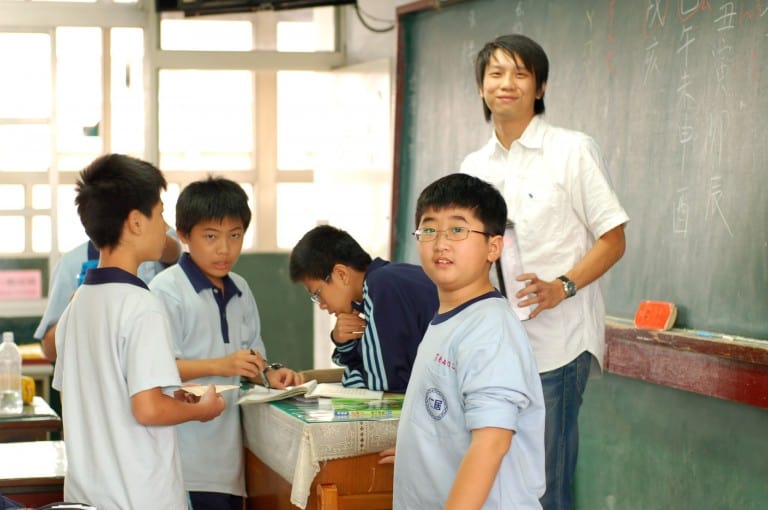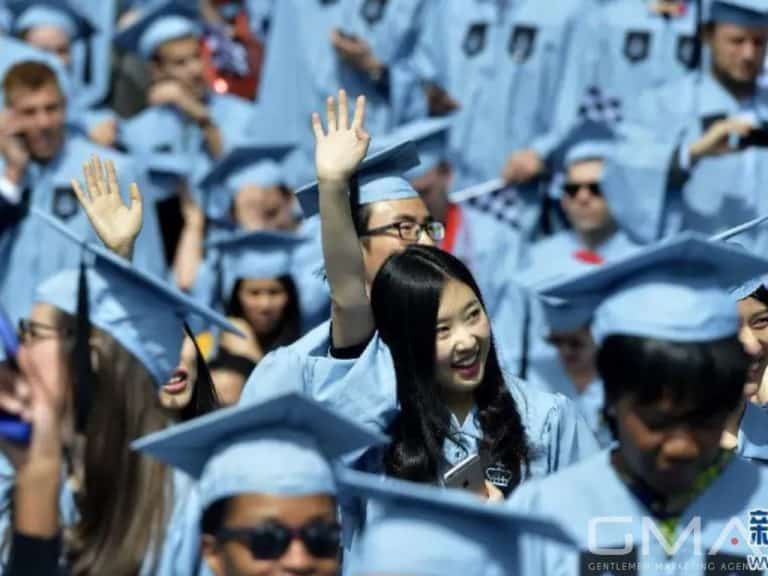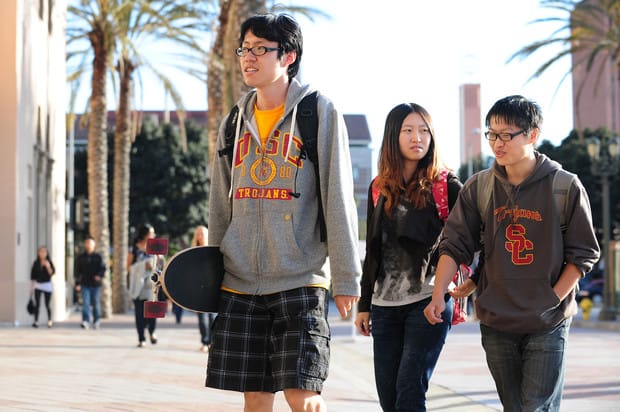Chinese parents spend up to $43,500 a year on their children’s extracurricular classes.
Too much school pressure in China, competition is high, and Chinese Parents want the best education for their kids.
Chinese parents spend up to $43,500 a year on their children’s extracurricular classes.
Cramming is increasingly common among young students, according to one education group.
More than 60 percent of primary school students in China receive instruction outside the classroom in subjects such as English, literature, and mathematics.
Chinese parents are spending more of their disposable income on tutoring their children to help them progress.
Let’s take a look at the phenomenon in China if you want to know more about it.
- Education of Chinese children at all costs
- School pressure
- Growing inequalities
- The Chinese government is taking direction
I. Education of Chinese children at all costs
Chinese parents spend an average of 120,000 yuan (US$17,400) a year on extra-curricular tutoring for their children and some pay as much as 300,000 yuan (US$43,500), according to a national education association.
“Tutoring classes have gained popularity over traditional education,” Gu Mingyuan, head of the Chinese Education Society, affiliated with the education ministry, told the news website Jiemian.com.
“Parents send their children to six extra hours of classes a week, at an average cost of 120,000 yuan a year, and up to 300,000 yuan a year.
The parents also feel very deprived”.
China’s middle class spends less because they save for their children’s education.

read : start an education business in China
II. School pressure in China
Academic pressure in China’s education system would reach its peak when students prepare for the university entrance exam in their final year of high school.
But according to an annual report of the China Education 30 Forum – of which Gu is a member – cramming is becoming more and more common among young children.
School pressure peaks when students prepare for the stressful university entrance exam in their final year of high school.
More than 60 percent of primary school students in China receive instruction outside the classroom in key subjects such as English, literature, and mathematics, according to the report of an annual meeting of researchers, teachers, economists, and business representatives.
In Beijing and Shanghai, some 70 percent of primary school students receive tutoring, according to the report.
In general, the older they are, the higher the proportion of students taking extra classes – and by sixth grade, more than 40 percent of students receive tutoring in two subjects, the group found.
Chinese schoolchildren spend an average of 50 minutes a day during the week and two hours at weekends in extra classes, according to a 2015 survey by the Research Center for Youth and Children in China.
- Read also SMCP :
- Or international School in China
- China’s education market will reach 3 trillion Rmb by 2020
III. Growing inequalities
“External tutoring agencies often use high-intensity and early education models to improve students’ testing skills,” Tan Xiaoyu, an expert from the Shanghai Academy of Educational Sciences, told the information website.
“Parents have then swept away, doing their best to make sure their children catch up.”
School tutoring is a booming sector in China and is expected to double in size from 497 million yuan in 2016 to just over a billion yuan in 2021, according to a UBS report published last year.
By 2020, the Chinese government estimates that there will be some 191 million students receiving tutoring, as growing urbanization and competition for top universities push parents to spend more disposable income on their children’s education.
But the impact of schools on student welfare prompted Beijing to issue guidelines in February advising parents to reduce the time their children spend in extra classes.
Although entrance exams for [state] middle schools have been abolished, the intense competition to get into a good school has resulted in too much work for students.
IV. The Chinese government takes direction
The government has tried several measures over the years to reduce the school workload of primary and middle school students in particular, but they have had little impact.
For example, in its school management guidelines last year, the ministry stated that primary school students should be allowed to sleep 10 hours a night.
“The reduction in classroom work has instead placed the responsibility for education on parents,” Tan said.
“The competitive examination system still exists. Out-of-school tutoring continues to grow, and tutoring fees have become a heavy and unavoidable cost for many households”.
Zhang Ziyong, an inspector from the Shandong province education office, said the emphasis on rote learning and cramming was the reason why children were under pressure at school.
In conclusion
“From the 1950s onwards, China began trying to reduce the burden [of schoolwork]. But so far, the workload of primary and middle school students has not only failed to lighten, it has actually worsened,” Zhang said on the news website.
Nearly half of the parents surveyed for the education group’s report said the system of school and university entrance exams needed a complete overhaul to reduce the educational pressure on their children.
To tackle the problem, the report recommends that school assessment should not be based solely on test results, but that schools and teachers should try to promote more comprehensive school development.






Contact us for a great morocco desert tours, we offer private tours from casablanca to sahara desert, atlas mountains, fes and chefchaouen via Marrakech.
great article, i enjoy the reading.
social media in China push Chinese parents to do more for their kids